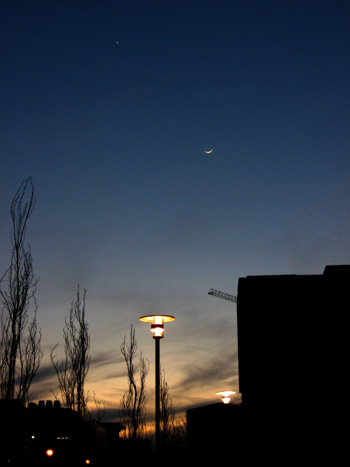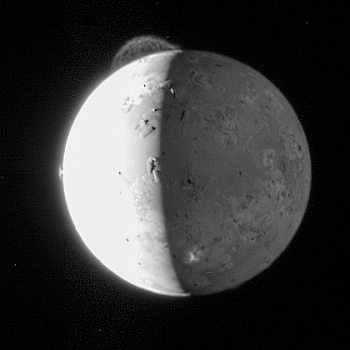
Surely you've read the news story about a Chilean jet narrowly missing space debris near New Zealand. I can safely say, as the story is written, it didn't happen.
Meteors are notoriously described with outrageously close distances-- "extinguished below the horizon", "no more than 3 - 5 thousand feet high when directly above me", etc., despite the luminous portion of the meteor flight starting at 120-75km altitude, and ending by 20km altitude. How did the pilot see this object, if it was no longer luminous, at his flight elevation? Let alone "knowing" it was only five miles away from the plane. Likely, he had received notice that the Russians were deorbiting a satellite that day, albeit twelve hours later, and saw the meteor and mistakenly claims near-disaster.
Pilots have long mistaken meteors as being close--the grandfather of meteoritics,
Harvey H. Nininger, called their reports "humorous at best". In fact, you should read that entire article: http://www.meteoritearticles.com/mitterling17.html.
During Nininger's time a number of airpilots reported having to take evasive steps to prevent collisions with falling meteors. One such newspaper reported an startling account of how a resourceful pilot battled a shower of meteors by making a serious of dips and swerves to avoid the incoming falling meteors saving himself, his eleven passengers, as well as the aircraft. One other pilot was said to have dipped his right wing to avoid a similar collision of a meteor which happened in Nebraska. Yet another pilot near Cheyenne Wyoming said he narrowly escaped injury when en-countering one of those pestiferous fiery projectiles which threaten to side swipe him from the left. He "ducked", however and the missile sailed by, leaving him unharmed.
...
Nininger knew of the fall of those cited above and concluded that the second pilot who thought he saw the meteor below him, plotted the meteor height at the burnout point at about 17 miles high, above the northeastern New Mexico soil. The second pilot who saw the same meteor fall was slightly more than a hundred miles from it at its nearest approach. The pilot over Nebraska that dipped his wing to avoid collision was 68 miles south of the line over which the dreaded missile was speeding at an elevation of approximately 20 miles.
Pilots in the 1920's were having difficulty giving range to bright objects--what makes anyone think they still aren't?



